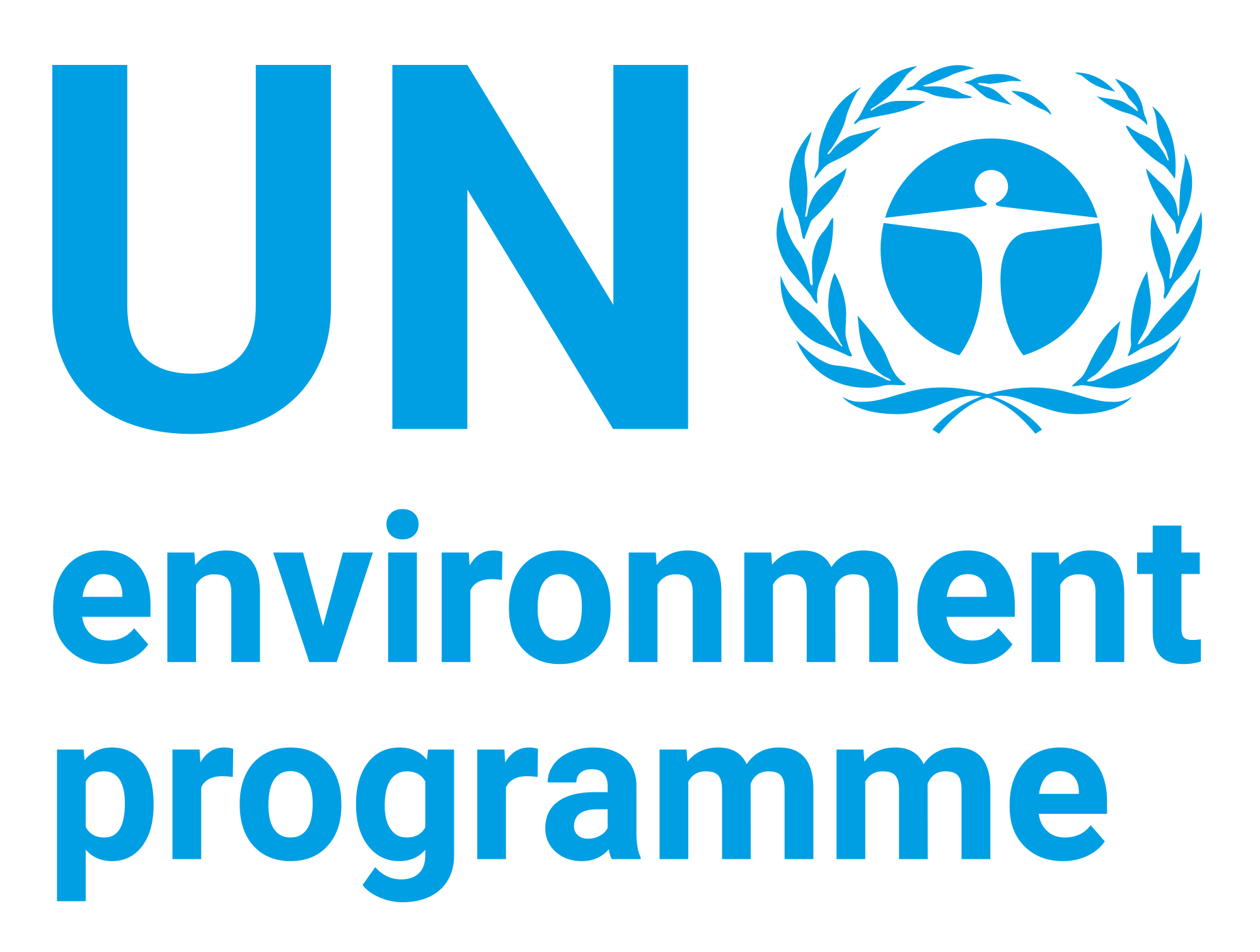| dc.contributor | Industry and Economy Division | en_US |
| dc.contributor.author | Euro Chlor | |
| dc.coverage.spatial | Europe | |
| dc.date.accessioned | 2016-12-29T11:33:15Z | |
| dc.date.available | 2016-12-29T11:33:15Z | |
| dc.date.issued | 2007 | |
| dc.identifier.uri | https://wedocs.unep.org/20.500.11822/13791 | |
| dc.description | In parallel with all the technical and organisational prevention measures taken in the chlor-alkali industry to further reduce the mercury emissions and protect the health of the workers (see Env. Prot. 11- Code of Practice - Mercury Housekeeping), it is necessary to organise a good biological monitoring programme (see HEALTH 2 - Code of Practice: Control of Worker Exposure to Mercury in the Chlor-Alkali
Industry). Because it is non invasive and it reflects average exposure during the previous 2-4 months, measurement of mercury in urine is advised, although it is of limited use for
detecting short term high exposures. This recommendation describes the methods developed for this monitoring, starting
from the precautions to be taken for the sampling. | |
| dc.description.uri | http://www.unep.org/chemicalsandwaste/Portals/9/Mercury/Chloralkali/WCC-publications/Analytical%2011%20Edition%201.pdf | |
| dc.format | Text | |
| dc.language | English | |
| dc.relation.ispartof | Global Mercury Partnership | |
| dc.rights | Public | |
| dc.subject | mercury | |
| dc.title | Determination of Mercury and Creatinine in Urine: Analytical 11,
1st Edition, February 2007 | |
| dc.type | Reports, Books and Booklets | en_US |
| wd.identifier.sdg | SDG 3 - Good Health and Well-being | |
| wd.topics | Chemicals and Pollution Action | |


